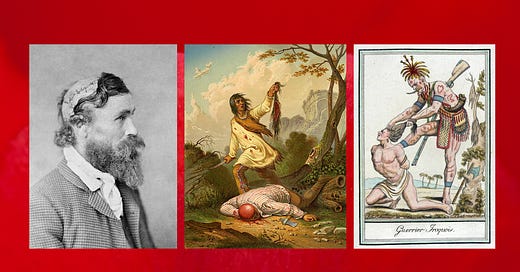Scalping - terror in the Wild West!
Yet both native Americans and white settlers were taking scalps
Keep reading with a 7-day free trial
Subscribe to The Templar Knight to keep reading this post and get 7 days of free access to the full post archives.





